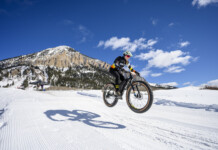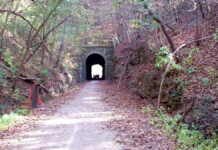By Adam Lisonbee — For 200 years, the South Pole has attracted the brave, restless, and intrepid among us. It has, like Everest, inspired mankind to explore the very fringes of human capability and endurance.
The first known footfall on the ice of Antarctica was around 1820, when American John Davis walked the barren shores of the new continent. Roald Amundsen, a Norwegian, won the race for the Pole on December 14, 1911. One month later, the British explorer, Robert Falcon Scott, also reached the Pole.
Since then, Antarctic expeditions have continued to inspire and challenge those who brave the lonely whitescape, and the bitter cold.
In December 1989, Reinhold Messmer, the accomplished mountaineer, and German sailor, Armund Fuchs, became the first to traverse Antarctica via the South Pole without animal or motorized help. The pair used skis and were pulled by kites to travel across the snow and ice.
More recently, Norwegian Aleksander Gamme and Australians James Castrission and Justin Jones became the first people to travel from the coast to the Pole, and back without support, and without the aid of animals, motors, or kites.
And now, there’s a new race to the South Pole. A bike race.
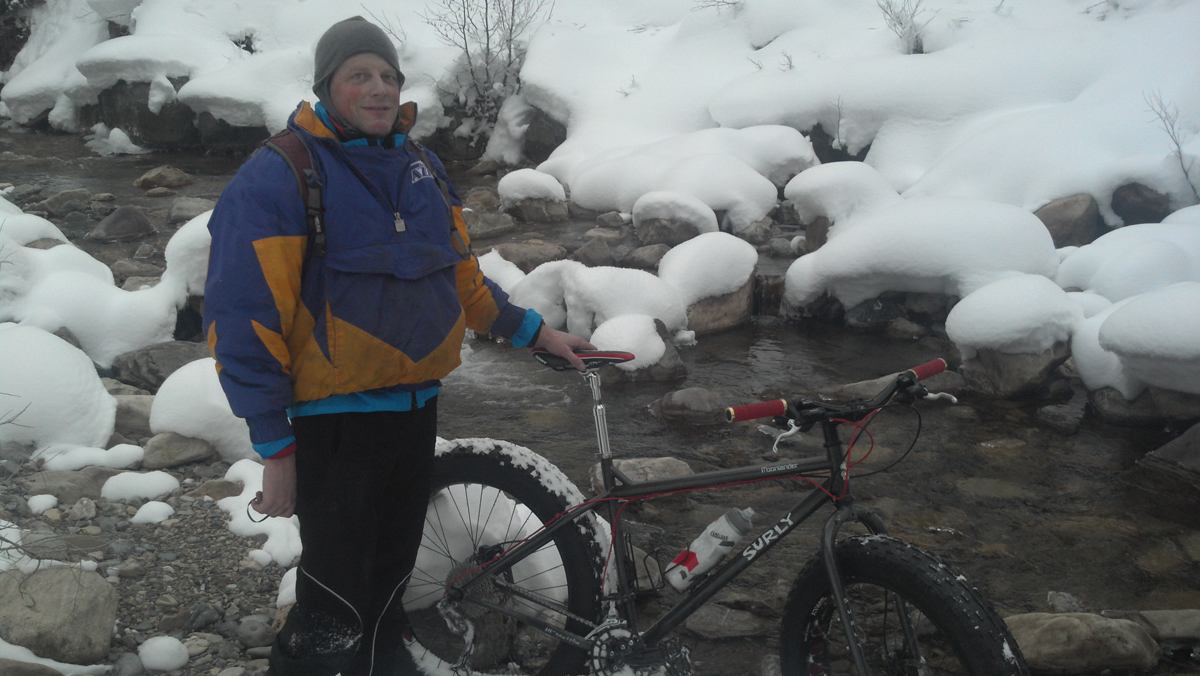
Daniel Burton, a former computer programmer from Saratoga Springs, Utah, started riding his mountain bike when years of sitting at a desk led to high blood pressure, unhealthy cholesterol numbers, and extra pounds. Riding helped him get healthy again, and inspired him to help others do the same.
When his programming career ended, he founded Epic Biking, a bike shop in Saratoga Springs. His goal? “Getting people out on bikes.” Daniel wrote on his blog that “I… decided I wanted to do something to help others. So I opened a bike store to help others get the health benefits of an active cycling lifestyle.”
His passion for cycling inspired him to start riding long hours. He is a six-time finisher of Logan to Jackson (LOTOJA), the longest sanctioned one-day road race in the United States. Dan has also developed a fondness for riding in the snow on a fat bike.
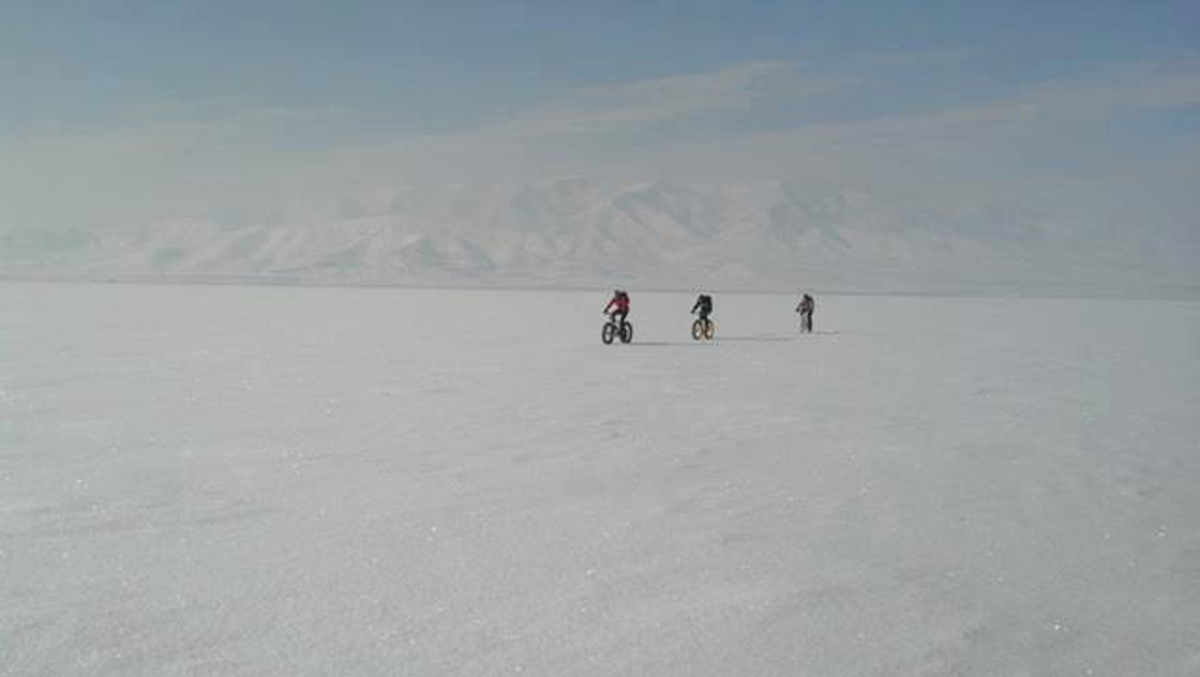
Fat bikes are specialty bikes, built for snow and sand, and feature tires that are four inches wide, double the width of a standard mountain bike tire. The wide tires and low tire pressure make floating through snow and sand much easier than standard side tires.
Daniel’s quest to inspire others to ride, and to be healthy, has taken a southward turn, indeed, as far south as anyone can go. He hopes to become the first person to ride a bike to the South Pole. He’s not the only one trying to claim that title. In fact, he won’t be the first to even attempt the quest.
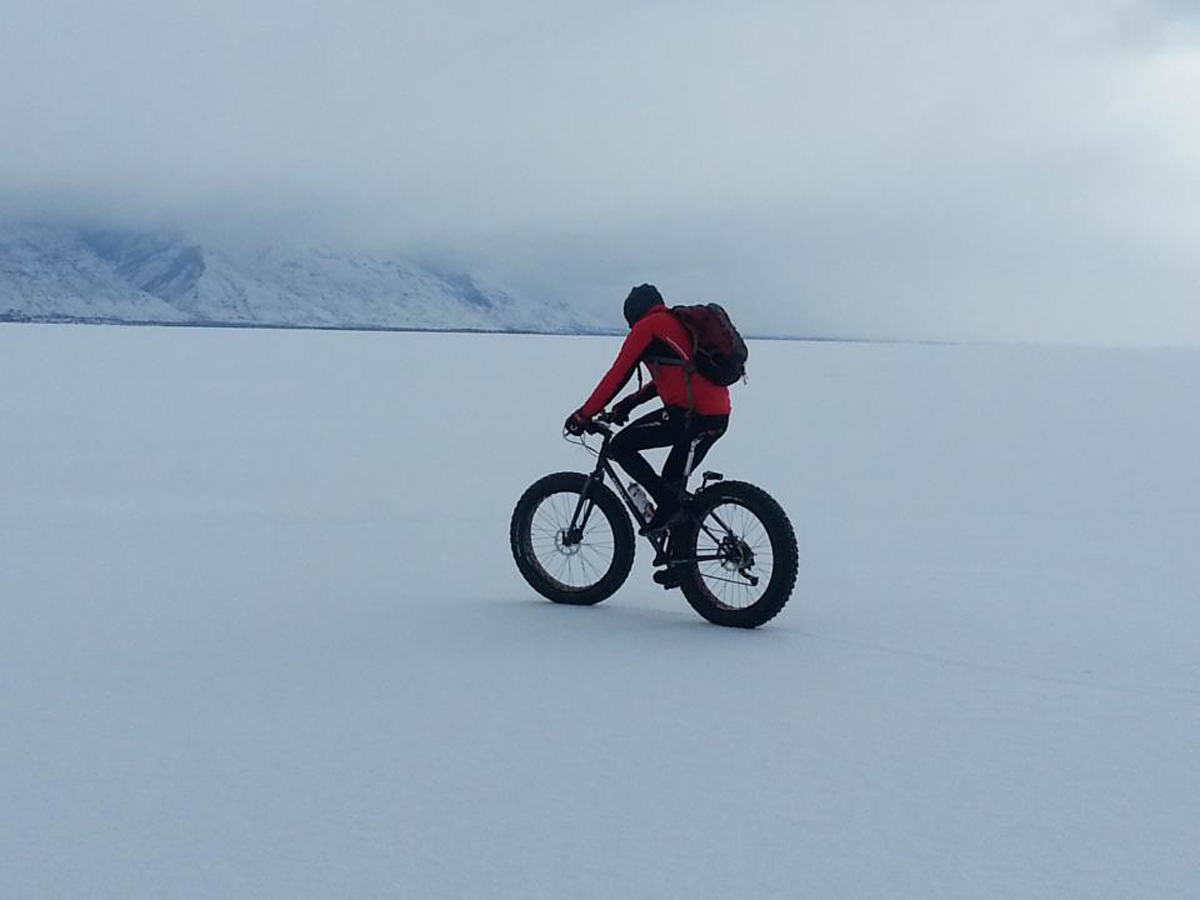
Eric Larsen, from Boulder, Colorado attempted to reach the South Pole by fat bike in December 2012. Eric, no stranger to remote expeditions, successfully became the first person to touch the North and South Poles, and the summit of Everest, in a one-year period.
Eric set out to be the first to ride a bike to the South Pole, but was turned back by dangerous ice, harsh winds, and extreme cold. “I… wasn’t making the progress I had hoped,” he wrote on his website. His choice was a difficult one, but was made knowing that it was better to turn back while he still could, then risk further disaster by continuing south. “This was not the first time that this icy place has turned back an expedition.”
The route Eric used started in Hercules Inlet, some 750 miles from the South Pole.
And now Daniel hopes to follow, and surpass, Eric’s attempt. Daniel isn’t alone in that ambition. Australian Kate Leeming and Spaniard Juan Menendez Granados are also planning to ride fat bikes to the South Pole.
“It’s a race.” said Daniel.
If conditions allow, Daniel will ride to the Pole, and then all the way back to Hercules Inlet, a journey of 1500 miles that will take 60 days, maybe longer. Starting at sea level, the ride will climb to 9301 feet, most likely with a headwind and potential snowdrifts.
“I hope my trip to the South Pole will inspire others to get out and ride a bike,” Daniel wrote.
Like others before him, the South Pole has inspired Daniel to do something impossible.. But proving the impossible to be doable is what has sparked exploration and discovery for centuries. Riding a bike to the South Pole won’t save the world, but it might just inspire someone with a few extra pounds, high blood pressure, and dangerous cholesterol levels to start pedaling around the block and up the street.
And from there? The possibilities are limitless.
Daniel is trying to raise $84,000 to attempt the expedition if he does it solo, or $165,000 if his neighbor, Todd Tueller, comes with him. A third option for the duo is to bring a cameraman to document the adventure. This option would cost up to $600,000. To find out more about Daniel Burton’s trip or to donate, visit epicbiking.com. For more about Eric Larsen’s attempt, visit ericlarsenexplore.com.
Additional links:
- Blog epicsouthpole.blogspot.com
- Facebook Page facebook.com/SouthPoleEpic
- YouTube page www.youtube.com/user/EpicBiking

